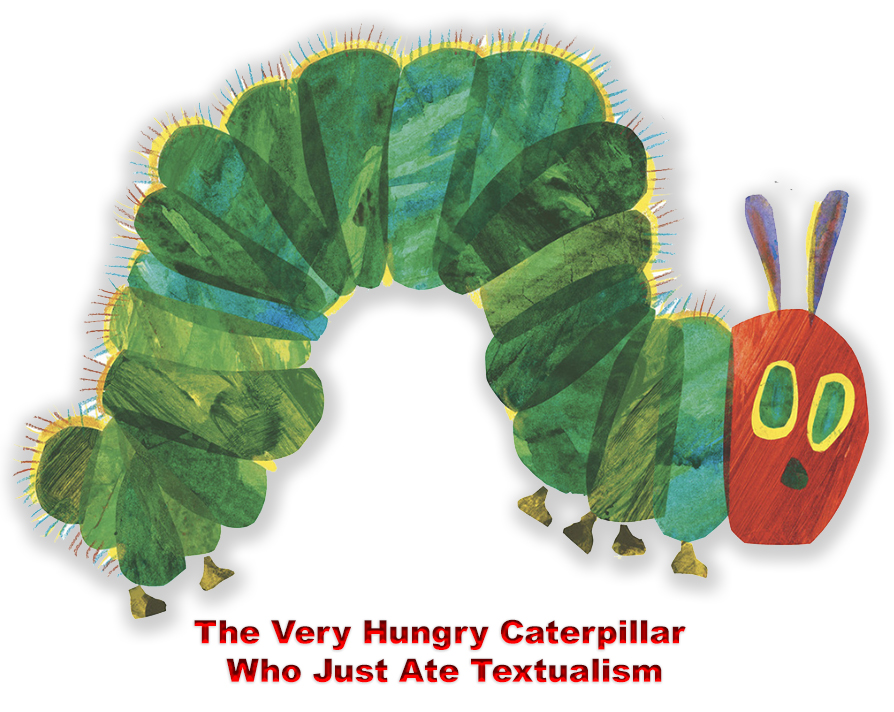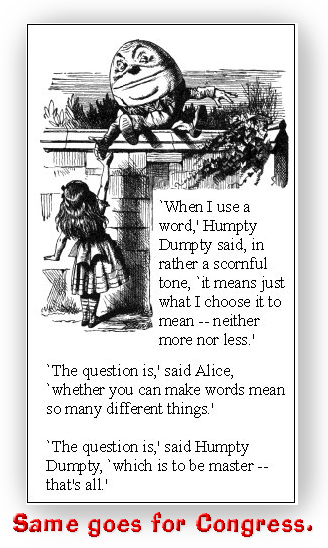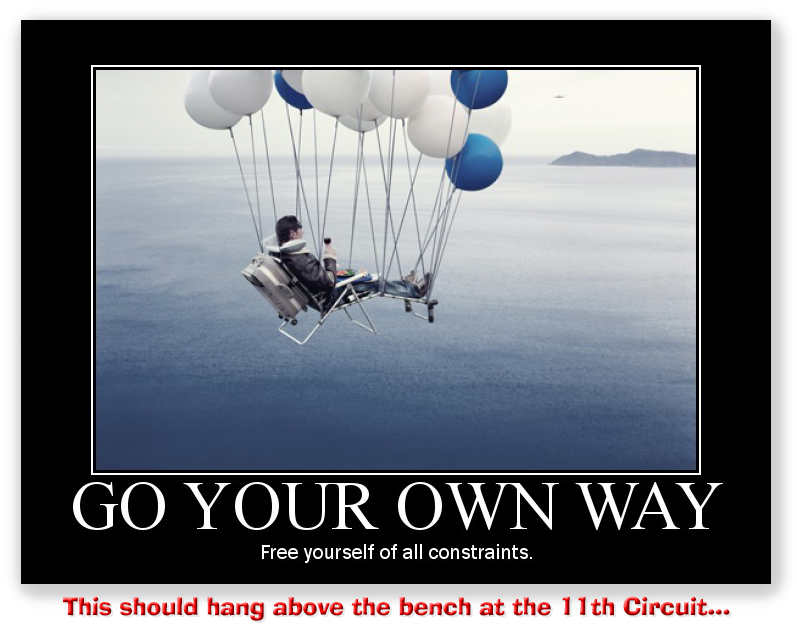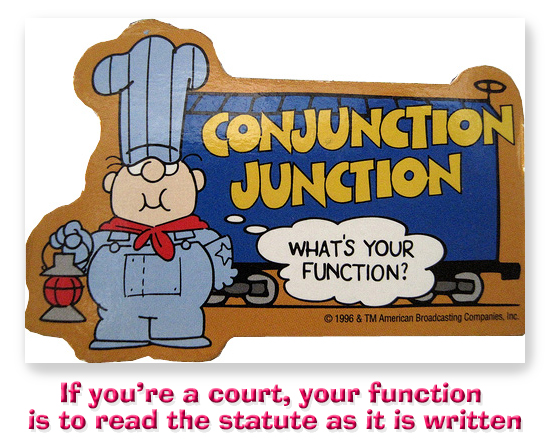We post news and comment on federal criminal justice issues, focused primarily on trial and post-conviction matters, legislative initiatives, and sentencing issues.

YOU ALWAYS HURT THE ONE YOU LOVE
Elizabeth Barrett Browning’s famous sonnet comes to mind in the tale of the Bureau of Prisons nurse who loved a little too much…
 Jessica Larson, a BOP nurse at the Federal Medical Center at Rochester, Minnesota, was indicted last week for abusive sexual conduct with an inmate, identified in the indictment as “Victim A.”
Jessica Larson, a BOP nurse at the Federal Medical Center at Rochester, Minnesota, was indicted last week for abusive sexual conduct with an inmate, identified in the indictment as “Victim A.”
Officials say that Jessica “engaged in a romantic relationship with an inmate.” The relationship included the exchange of explicit letters and an intimate encounter in a shower room.
After the interlude in the shower, other staff nurses reported the relationship. When investigators found the intimate letters and “confronted Larson about her relationship with the inmate, she submitted a report where she allegedly falsely accused the inmate of sexual assault.”
 The indictment may be a first: accusing a BOP employee of criminal misconduct – a violation of 18 U.S.C. § 1001 for making a false statement about a matter within the jurisdiction of a government agency – for filing an incident report that falsely accused an inmate of misconduct.
The indictment may be a first: accusing a BOP employee of criminal misconduct – a violation of 18 U.S.C. § 1001 for making a false statement about a matter within the jurisdiction of a government agency – for filing an incident report that falsely accused an inmate of misconduct.
The BOP placed Jessica on administrative leave. Amazingly, after having thrown her inmate lover under the bus, “two months later… Larson drove more than 600 miles from her home in Iowa to Cincinnati, Ohio, to maul a love letter to Victim A, who had been transferred to another BOP facility,” the indictment alleges.
‘Sorry I accused you of a federal felony… but I still love you.’
“In Minnesota, we take sexual abuse—particularly when committed by those in positions of authority—very seriously,” Acting U.S. Attorney Lisa D. Kirkpatrick (D. Minnesota) said in a press release. “Likewise, lying to the United States is unacceptable and will not be tolerated. My office will continue to aggressively prosecute defendants who commit these crimes.”
KMSP-TV, Rochester prison nurse had affair with inmate, exchanged letters: Indictment (March 28, 2025)

COUNTING THE WAYS
More on the sonnet…
While Melissa Barrett was serving a 168-month sentence for drug offenses, Guidelines Amendment 821 took effect. The amendment limited the impact of criminal history “status points” that had been used to calculate Mel’s original Guideline range.
Mel was in love, too… with the idea of getting out of prison as quickly as possible (not that we blame her). Relying on Amendment 821, she moved for a sentence reduction to 120 months.
 The government agreed Mel was eligible for a retroactive sentence reduction under 18 U.S.C. § 3582(c)(2) but not to the level she sought. Mel argued that Amendment 821 both reduced her criminal history points from three to one (putting her in Criminal History Category I) but also entitled her to a reduction in her offense level because she was now eligible for the USSG § 2D1.1(b)(17) 2-level safety valve reduction allowed for qualified defendants with only one criminal history point.
The government agreed Mel was eligible for a retroactive sentence reduction under 18 U.S.C. § 3582(c)(2) but not to the level she sought. Mel argued that Amendment 821 both reduced her criminal history points from three to one (putting her in Criminal History Category I) but also entitled her to a reduction in her offense level because she was now eligible for the USSG § 2D1.1(b)(17) 2-level safety valve reduction allowed for qualified defendants with only one criminal history point.
The government believed Amendment 821 should be applied only to Mel’s criminal history category, letting the court cut her sentence no lower than 150 months. The district court agreed and reduced her sentence to 150 months rather than the 120 months she had requested.
Mel argued to the 4th Circuit that the district court was wrong not to give Amendment 821 retroactive effect for safety-valve purposes. Last week, the 4th Circuit agreed.
To qualify for the safety valve, Melissa could have no more than one criminal history point (this has increased since she was sentenced, but Mel was stuck with the Guidelines that applied on her sentencing date). She also had to meet requirements of no violence in her case, no gun, no leadership role, and other standards listed in Guideline § 5C1.2(a)(1). Because she had too many criminal history points, the district court did not bother to make any other safety valve findings.
The district court believed it lacked the authority to make any new factual findings on an Amendment 821 resentencing. But the 4th held that nothing “prevents the court [in a § 3582(c)(2) proceeding] from making new findings that are supported by the record and not inconsistent with the findings made in the original sentencing determination.”
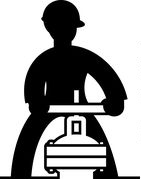 The appeals court said, “We appreciate the government’s point that a defendant’s criminal history category and her offense level are separate calculations under the Guidelines, serving separate purposes. For that reason, a retroactive change to one ordinarily will not affect the other. But this appears to be an unusual case, in that the Guidelines closely and directly connect the two, tying a defendant’s criminal history score under § 4A1.1 to both her criminal history category and her qualification for a two-level offense adjustment under § 2D1.1(b)(17). Where an amendment has this kind of direct impact on two provisions integral to a defendant’s “amended guideline range,” see USSG § 1B1.10(b)(1), retroactive application of that amendment means accounting for both.
The appeals court said, “We appreciate the government’s point that a defendant’s criminal history category and her offense level are separate calculations under the Guidelines, serving separate purposes. For that reason, a retroactive change to one ordinarily will not affect the other. But this appears to be an unusual case, in that the Guidelines closely and directly connect the two, tying a defendant’s criminal history score under § 4A1.1 to both her criminal history category and her qualification for a two-level offense adjustment under § 2D1.1(b)(17). Where an amendment has this kind of direct impact on two provisions integral to a defendant’s “amended guideline range,” see USSG § 1B1.10(b)(1), retroactive application of that amendment means accounting for both.
United States v. Barrett, Case No. 24-6293, 2025 U.S. App. LEXIS 7111 (4th Cir., March 27, 2025)
– Thomas L. Root


